Plane Tree
- November 27, 2023
- 0 comment
The Plane tree, scientifically known as Platanus, is a genus of trees that encompasses several species, with the most notable being the London Plane (Platanus × acerifolia). These majestic trees are renowned for their distinctive bark that exfoliates in irregular patches, unveiling a smooth, pale surface beneath. The large, hand-shaped leaves add to their charm, providing ample shade during the warmer months.
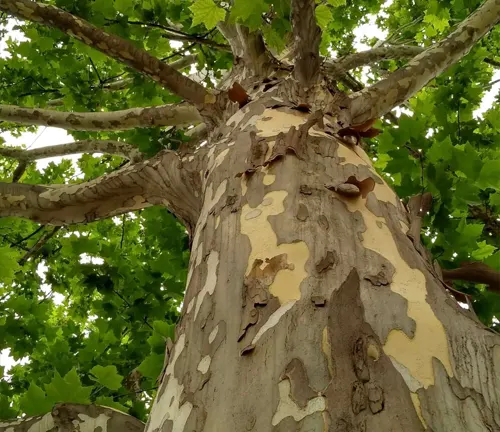
Plane trees are often found in urban environments, lining city streets and parks, where they contribute not only aesthetically but also functionally by improving air quality. Beyond their ornamental value, these trees have historical significance, having been widely planted in cities across Europe and the United States. They are resilient in diverse climates, adapting well to a range of soil conditions.
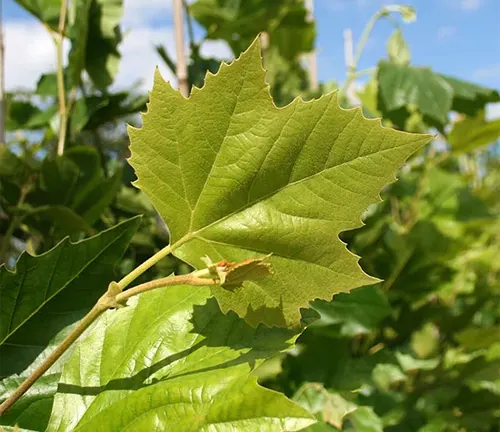
The Plane tree’s resilience, coupled with its captivating appearance, makes it a favored choice for landscaping and urban forestry, connecting communities with nature in the midst of urban spaces.
| Characteristic | Description |
|---|---|
| Scientific Name | Platanus |
| Common Species | London Plane (Platanus × acerifolia is common) |
| Bark | Exfoliating, revealing smooth, pale surface |
| Leaves | Large, hand-shaped |
| Habitat | Urban environments, city streets, parks |
| Functionality | Provides shade, improves air quality |
| Historical Significance | Widely planted in European and U.S. cities |
| Climate Adaptation | Resilient in diverse climates |
| Soil Conditions | Adaptable to a range of soil types |
| Landscaping Use | Popular choice for urban forestry and landscaping |
| Overall Appeal | Majestic, connects urban spaces with nature |
Botanical Beauty of the Plane Tree
The Plane tree, a captivating member of the Platanus genus, stands out as a botanical beauty with its distinctive features. One cannot help but admire its exfoliating bark, revealing a smooth, pale canvas beneath. The large, hand-shaped leaves add a touch of elegance, making these trees a visual delight in any landscape. Whether lining city streets or gracing parks, the Plane tree’s botanical beauty is a testament to nature’s artistry.
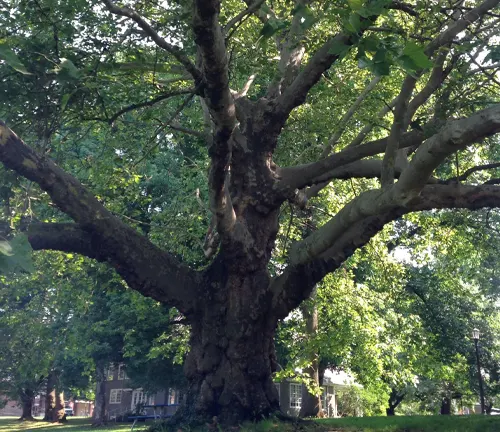
Woodland Elegance
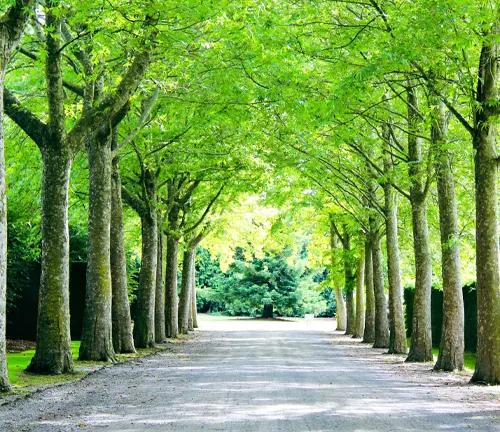
In the realm of trees, the Plane tree reigns with woodland elegance. Its branches form a sprawling canopy, providing ample shade and a sense of tranquility. The expanse of leaves dances with the breeze, creating a soothing rustle. Whether in a bustling urban environment or a serene park, the Plane tree’s woodland elegance adds a touch of grace, turning ordinary spaces into arboreal sanctuaries.
Ecological Importance
Beyond its aesthetic appeal, the Plane tree holds ecological significance. Planted widely in urban environments, these trees contribute to improving air quality by absorbing pollutants. Their robust nature makes them resilient in various climates, enhancing biodiversity in cityscapes. As stalwart companions to concrete and asphalt, Plane trees play a crucial role in bringing a slice of nature to urban ecosystems.
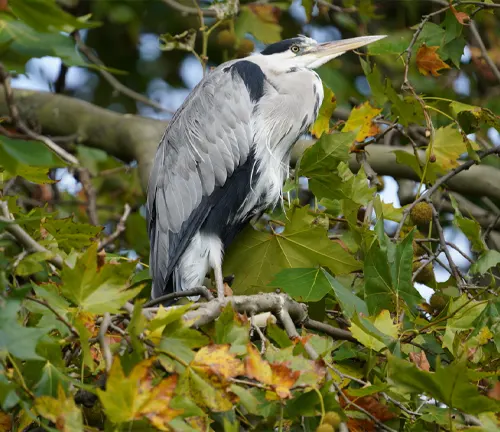
Cultivation and Conservation
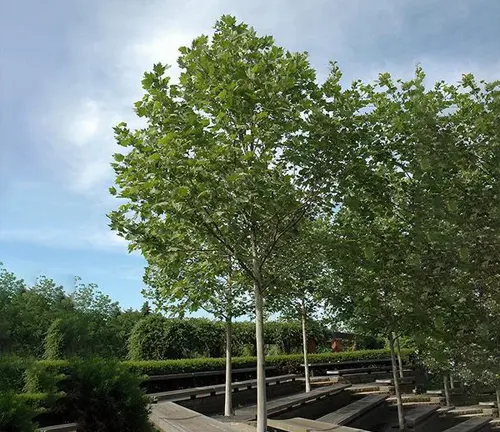
Cultivating Plane trees involves understanding their adaptability to different soil conditions. These trees thrive in diverse climates, making them a versatile choice for landscaping. However, as cities expand, the conservation of existing Plane tree populations becomes imperative. Efforts to preserve these trees ensure their continued contribution to urban ecosystems and the overall well-being of the environment.
Fragrance
A subtle yet distinct feature of the Plane tree is its fragrance. Close your eyes beneath its branches, and you might catch a whiff of a pleasant, earthy aroma. This subtle fragrance adds another layer to the sensory experience of being near these trees, making them not just visually appealing but engaging the olfactory senses as well.
Soil Stabilization
One of the unsung heroes in the ecological playbook, Plane trees excel at soil stabilization. Their extensive root systems anchor the soil, preventing erosion and providing stability. In regions prone to landslides or soil degradation, the presence of Plane trees becomes a natural safeguard, showcasing their role as ecological engineers.

Common Uses
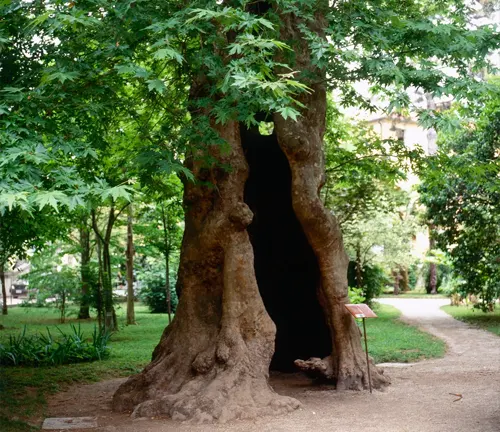
The versatility of Plane wood extends beyond its aesthetic allure. Historically, the wood from Plane trees has been utilized for various purposes, from crafting furniture to constructing musical instruments. Its fine grain and durability make it a favored material, showcasing the practical utility that complements its visual appeal.
Benefits
The Plane tree’s benefits extend far beyond the boundaries of its physical presence. As an urban companion, it enhances the quality of life by providing shade, purifying the air, and creating green oases in the midst of concrete jungles. From an ecological perspective, its role in biodiversity and soil stabilization underscores the holistic benefits that these trees bring to both urban and natural landscapes.
Different Species
London Plane
(Platanus × acerifolia)
One of the most widely planted species, the London Plane is a hybrid between the American Sycamore (Platanus occidentalis) and the Oriental Plane (Platanus orientalis). It is well-suited for urban environments and is recognized for its ability to tolerate pollution.
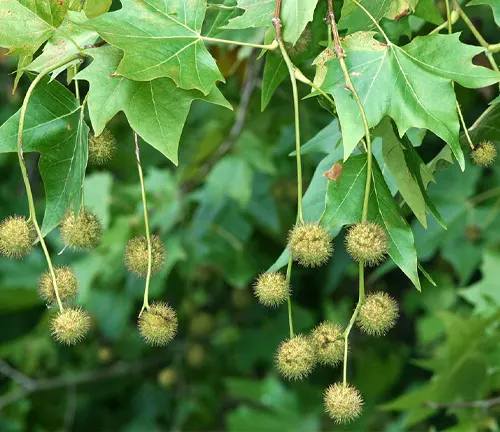
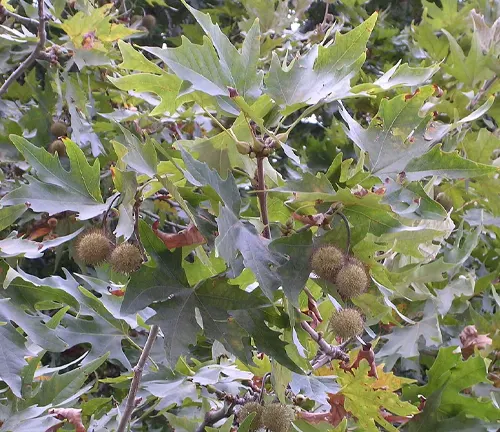
Oriental Plane
(Platanus orientalis)
Native to regions in southeastern Europe and Asia, the Oriental Plane is a large deciduous tree with distinctive mottled bark. It has been cultivated for centuries and is valued for its shade and ornamental qualities.
American Sycamore
(Platanus occidentalis)
Indigenous to North America, the American Sycamore is known for its large leaves and striking mottled bark. It is commonly found along riverbanks and in moist soils, thriving in a variety of environmental conditions.


California Sycamore
(Platanus racemosa)
Found in California and parts of Mexico, the California Sycamore is a smaller species with lobed leaves and smooth, light-colored bark. It is well-adapted to the dry conditions of the region.
London Plane ‘Bloodgood’
(Platanus × acerifolia ‘Bloodgood’)
This cultivar of the London Plane is known for its attractive reddish-brown bark. It retains the hybrid vigor of the London Plane while adding a distinctive aesthetic element.
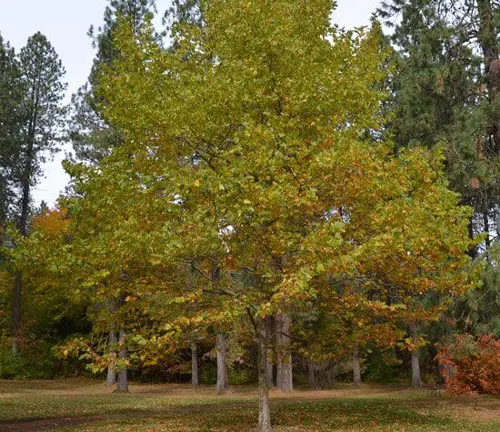
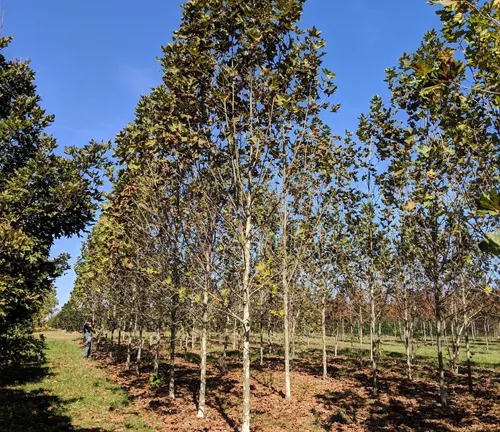
London Plane ‘Yarwood’
(Platanus × acerifolia ‘Yarwood’)
Another cultivar of the London Plane, ‘Yarwood’ is prized for its upright growth habit and resistance to anthracnose, a common fungal disease affecting Plane trees.
Sycamore Maple
(Platanus × hispanica)
Also known as the Hispano-Moorish Plane, this hybrid between the American Sycamore and the Oriental Plane is found in various parts of Europe. It exhibits characteristics of both parent species.
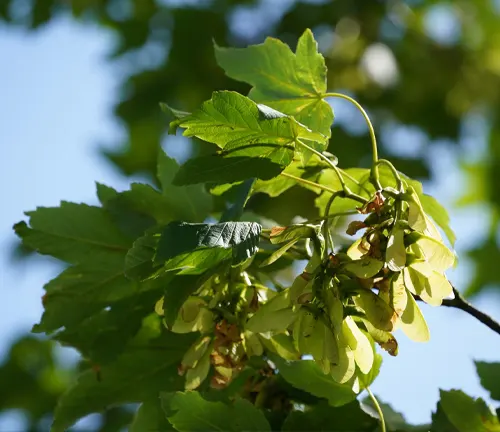
Frequently Asked Questions (FAQs)
1. What is a Plane tree?
A Plane tree belongs to the genus Platanus and includes several species of deciduous trees known for their distinctive bark, large hand-shaped leaves, and adaptability to various climates.
2. What are the common species of Plane trees?
Common species include the London Plane (Platanus × acerifolia), Oriental Plane (Platanus orientalis), American Sycamore (Platanus occidentalis), and California Sycamore (Platanus racemosa).
3. Where are Plane trees commonly found?
Plane trees are often found in urban environments, lining city streets and gracing parks. They are also native to specific regions in Europe, Asia, and North America.
4. What is the significance of the exfoliating bark on Plane trees?
The exfoliating bark is a distinctive feature of Plane trees. It peels away in irregular patches, revealing a smooth, pale surface underneath. This characteristic adds to the tree’s aesthetic appeal.
5. How do Plane trees contribute to air quality?
Plane trees contribute to air quality by absorbing pollutants and particulate matter. Their presence in urban environments helps improve overall air quality and provides a breath of fresh air in city landscapes.
6. Are Plane trees suitable for urban environments?
Yes, Plane trees, especially the London Plane, are well-suited for urban environments. They are known for their resilience to pollution, adaptability to various soil conditions, and overall hardiness.
7. What is the ecological importance of Plane trees?
Plane trees play a crucial role in urban ecosystems by enhancing biodiversity, stabilizing soil, and contributing to overall environmental well-being. They serve as green anchors in the midst of urban development.
8. How do you care for a Plane tree?
Plane trees generally thrive in well-drained soil and require regular watering, especially during dry periods. Proper pruning helps maintain their shape, and routine checks for pests and diseases are advisable.
9. Can Plane trees be grown in different climates?
Yes, Plane trees are known for their adaptability to a range of climates. Different species and cultivars may have varying preferences, but in general, they can thrive in diverse environmental conditions.
10. What are the historical uses of Plane tree wood?
Historically, Plane tree wood has been used for crafting furniture, constructing musical instruments, and various woodworking applications. Its fine grain and durability make it a favored material.


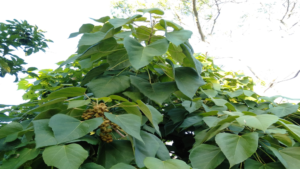

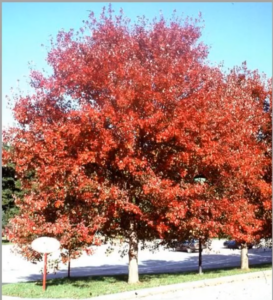
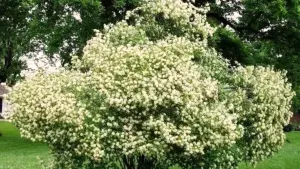
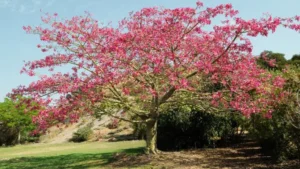

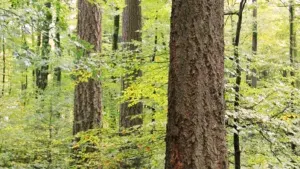
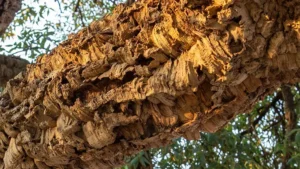
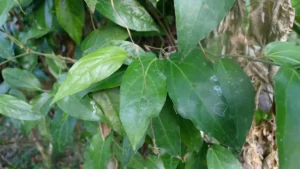
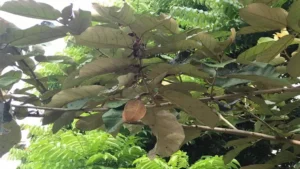
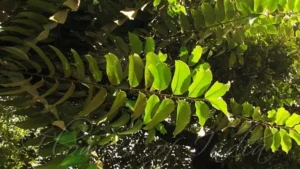

Leave your comment